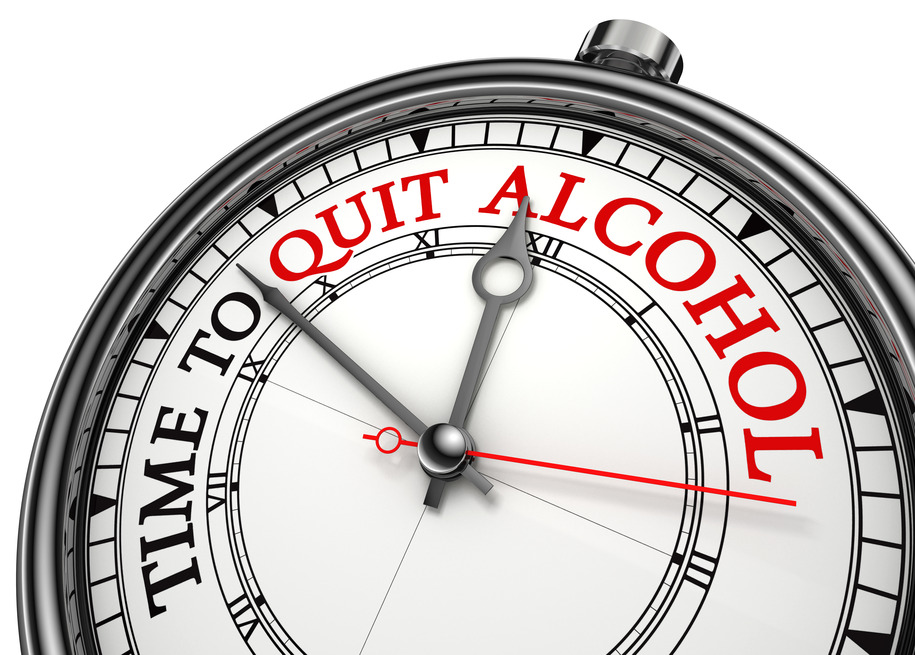Nicotinamide Adenine Dinucleotide (NAD)

Nicotinamide Adenine Dinucleotide (NAD) and did you know that for every beverage alcohol you take about 2 to 8 percent is lost through urine, sweat, or the breath?
Nicotinamide Adenine Dinucleotide (NAD): Acetaldehyde and Alcoholism
Did you know that for every beverage alcohol you take about 2 to 8 percent is lost through urine, sweat, or the breath? This means that the other 92 to 98 percent is metabolized by your body. All ethyl alcohol which is broken down in the human body is first converted to acetaldehyde, and then this acetaldehyde is converted into acetic acid radicals also known as acetyl radicals. Acetaldehyde is a poison which is a close relative of formaldehyde. Acetic acid is the essential component of vinegar. The acetic acid radical is the combining form of acetic acid. This acetic acid radical combines with Coenzyme A to form acetyl-CoA. The acetyl-CoA then enters the Krebs cycle, which is the basic powerhouse of the human body. Inside the Krebs cycle, this acetyl radical is eventually broken down into carbon dioxide and water.
According to the experts from the AWAREmed health and wellness resource center under the leadership of doctor Dalal Akoury MD, there are three different enzymes the body uses to convert alcohol to acetaldehyde. The three enzymes work by stripping two hydrogen atoms off from the alcohol molecule thereby converting the alcohol molecule into a molecule of acetaldehyde says doctor Akoury. We are going to consider the three enzymes progressively in this article.
Nicotinamide Adenine Dinucleotide (NAD): The Three Alcohol Enzymes
The three enzymes which can convert alcohol to acetaldehyde are:
- Alcohol dehydrogenase (ADH) ·
- Cytochrome P450 (CYP2E1) ·
- Catalase
Each of these enzymes is found in different parts of the body and each of them handles the hydrogen atoms which are stripped off from the alcohol molecule in a different way. For the purpose of this article, we are going to discuss the first one and proceed with the rest of the subsequent postings.
The name “alcohol dehydrogenase” sounds quite a mouthful, but it is self-explanatory if we break it down into its component parts. “de-” is a prefix which means “to remove”. We find it in such words as “dethrone” which means “to remove from the throne”. “-use” is a suffix which means “enzyme”. Any time you see a chemical term which ends in the suffix “-as” you know that you are dealing with an enzyme. “hydrogen” means “hydrogen” of course. So “de-hydrogen-ase” means “an enzyme which removes hydrogen atoms”, and “alcohol dehydrogenase” means “an enzyme which removes hydrogen atoms from the alcohol molecule”. The name alcohol dehydrogenase is sometimes abbreviated to ADH.
ADH is the workhorse of the alcohol enzymes–it breaks down the majority of the alcohol that enters the human body. Alcohol dehydrogenase is actually the name for a family of enzymes which break down alcohol–each of which has a slightly different molecular structure. Researchers have identified as many as 10 varieties of the alcohol dehydrogenase molecule. All of them bring about the same chemical reaction–the difference is that some varieties of alcohol dehydrogenase work more efficiently than others. As we shall be seeing later, these variations in the alcohol dehydrogenase molecule can explain why some individuals react differently to alcohol than others.
The alcohol dehydrogenase molecules do their work primarily in the stomach and the liver, although traces of them are found in other tissues as well. The hydrogen which is released when alcohol dehydrogenase turns alcohol into acetaldehyde is bound to a compound called NAD+ (Nicotinamide Adenine Dinucleotide) to form NADH (this is short for Nicotinamide Adenine Dinucleotide plus Hydrogen). Alcohol dehydrogenase does its work in the cellular fluid (cytosol) of the cell. The wordings in this article may be technical but necessary in understanding the dangers of substance abuse. You may want to seek for more clarity from the experts at AWAREmed today.
Nicotinamide Adenine Dinucleotide (NAD): Acetaldehyde and Alcoholism
http://regenerativepotential.com/wp-admin







